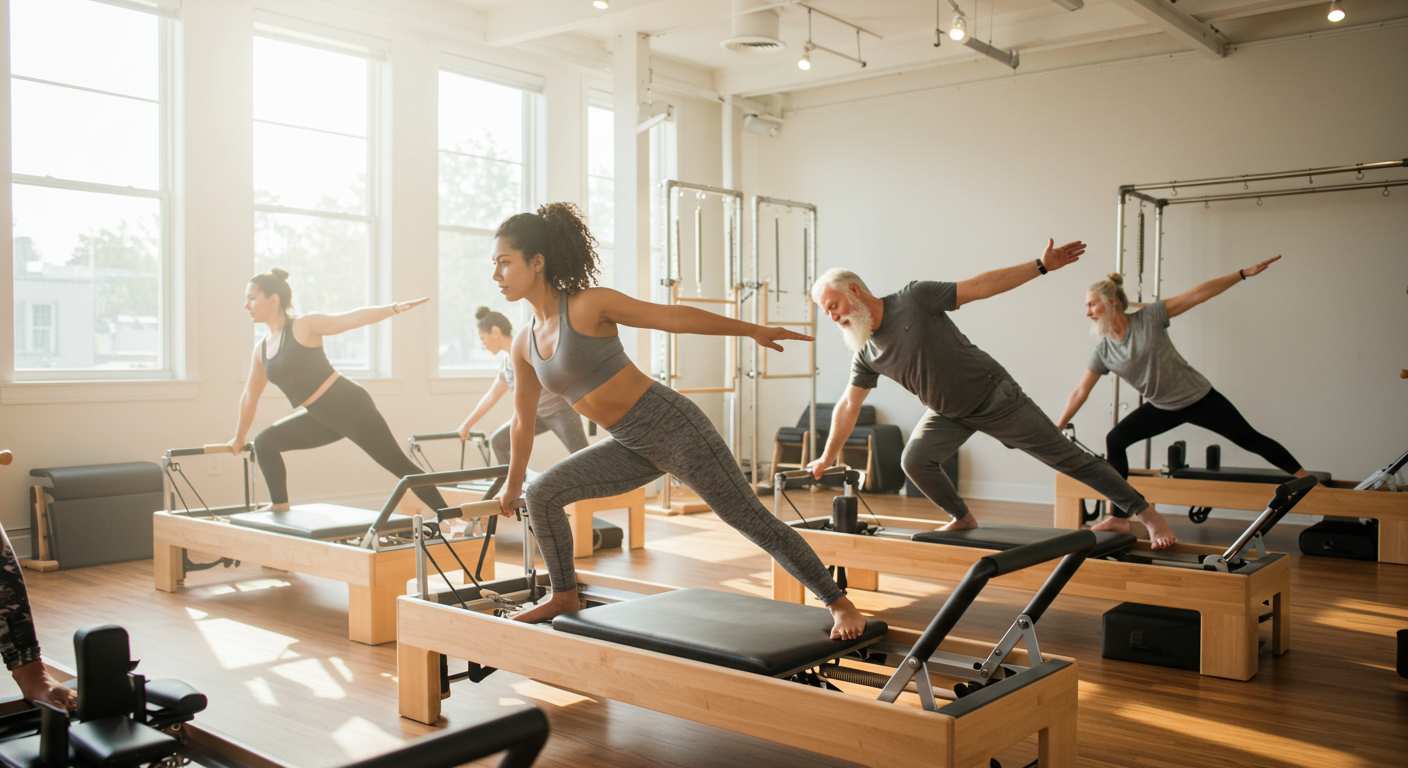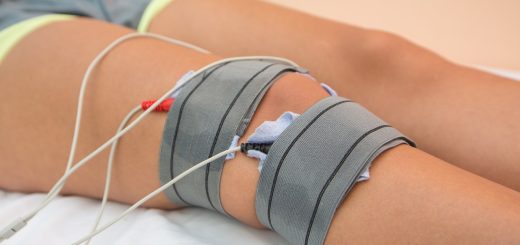Pilates Classes That Strengthen Core Without Strain
In today’s fast-paced world, Pilates classes offer a unique approach to enhancing core strength without the risk of strain. Through careful and precise movements, Pilates targets deep stabilizing muscles, improving overall stability and balance. These classes provide a safe environment for individuals to engage their abdominals, lower back, and obliques, allowing for effective strengthening while fostering proper alignment and posture. Whether you are a beginner or looking to refine your practice, Pilates classes present an excellent opportunity to build a solid foundation for physical well-being.
The Essence of Core Strength in Pilates
At the heart of Pilates lies the pivotal role of the core. A well-conditioned core not only fortifies the body against potential injuries but also enhances overall efficiency in movement. Engaging the core through deliberate actions fosters a state of balance and alignment, crucial for everyday activities.
- Improves Posture: Maintaining a strong core influences posture positively, reducing the likelihood of discomfort caused by poor alignment.
- Enhances Coordination: As Pilates refines muscle control, it cultivates agility, allowing the body to move more gracefully.
- Prevents Strain: With a strong core, overcompensation in the limbs and back is mitigated, allowing for more efficient movements.
Beginner-Friendly Exercises for Core Strength
To embark on your journey of core strengthening via Pilates, consider these beginner-friendly exercises tailored for stability and strength without inducing strain.
1. The Pelvic Curl
This foundational exercise effectively engages the core while promoting spinal flexibility. Start by lying on your back with your knees bent. With feet firmly planted, initiate the movement by slowly lifting your hips while keeping the core engaged.
The gradual rise reinforces core activation and prepares the body for more complex movements. Remember to breathe deeply, as this will further alleviate tension in the lower back.
2. The Hundred
Begin on your back with legs lifted and head partially raised, activating your core instantly. Extend your arms toward your feet while performing gentle pulses. This exercise enhances endurance, targeting the abdominal muscles effectively.
Maintaining proper form is essential; focusing on breath control will keep your body stable during the exercise.
3. Single-Leg Stretch
The single-leg stretch is ideal for improving coordination and promoting core stability. While lying on your back, draw your knees to your chest. Ensure a stable trunk as you extend one leg while holding the opposite knee, training your muscles to work in harmony.
4. Rolling Like a Ball
This playful exercise engages the core and increases spinal flexibility. Sit with knees bent and hold your shins tightly. As you roll back, remain mindful of your body’s alignment, using your core for control and balance.
5. The Plank
Planks demand full-body engagement, making them a suitable addition to any core workout. Aim to maintain a straight line from head to heels as you hold this position, activating the abdominal muscles. Introducing variations will keep the workout fresh and add an exciting challenge.
Creating a Consistent 20-Minute Routine
If you’re grappling with a busy schedule, incorporating a succinct 20-minute Pilates routine can work wonders for your core strength. Consistency is key; Sally Kendrick, a seasoned Pilates instructor, emphasizes that even short sessions are beneficial provided they are structured.
Here’s a proposed routine to maximize efficiency:
- Roll Downs (5 reps): A flexible movement that warms up the spine.
- Lying Hamstring Stretch (30 seconds each side): Enhances hamstring flexibility.
- Shoulder Bridge (6-8 reps): Strengthens hips and abdominals effectively.
- One-Leg Stretch (8-10 reps): Challenges focus and coordination.
- Scissors (8-10 reps): Promotes lower abdominal engagement.
- Half Roll Backs (8-10 reps): Fosters spinal mobility.
- Side Lying Clams (8-10 reps): Targets the hips while activating the core.
- Swimming (8-10 reps): Engages opposite limbs for balanced muscle activation.
The Benefits of a Quick Pilates Workout
Embracing a 20-minute Pilates workout is advantageous for various reasons. It’s particularly suitable for beginners looking to gently introduce movement into their lives.
- Accessibility: It’s easier to fit short workouts into busy days.
- Mood Booster: Regular movement can elevate mood and energy levels.
- Cost-Effective: Practicing Pilates at home saves money while still offering benefits.
- Efficient Muscle Engagement: Quick routines target multiple muscle groups efficiently.
As you build your Pilates practice, remember that core strength is a continuous journey that brings forth numerous advantages, both physically and mentally. To further explore Pilates classes or to discover products that complement your fitness journey, visit Ballet Tompkins for tailored solutions that suit your needs.




